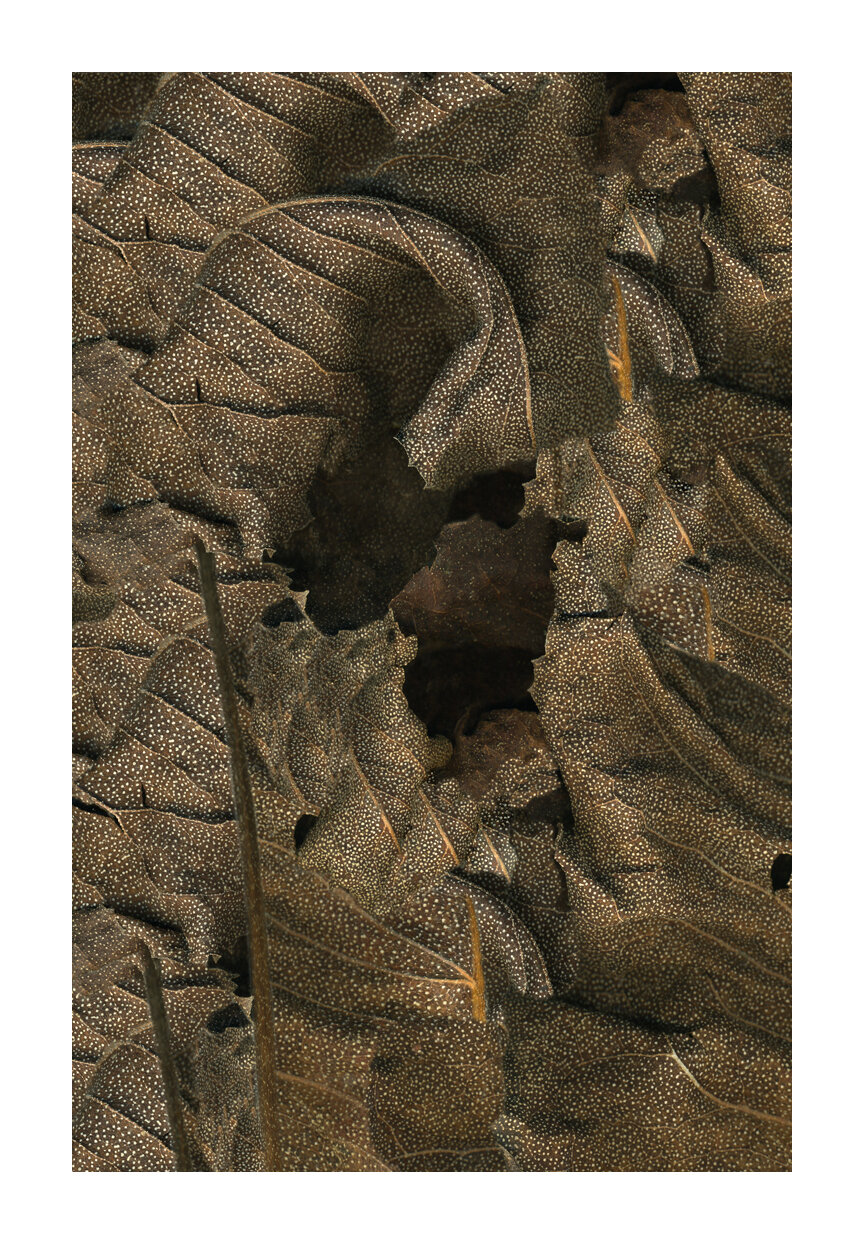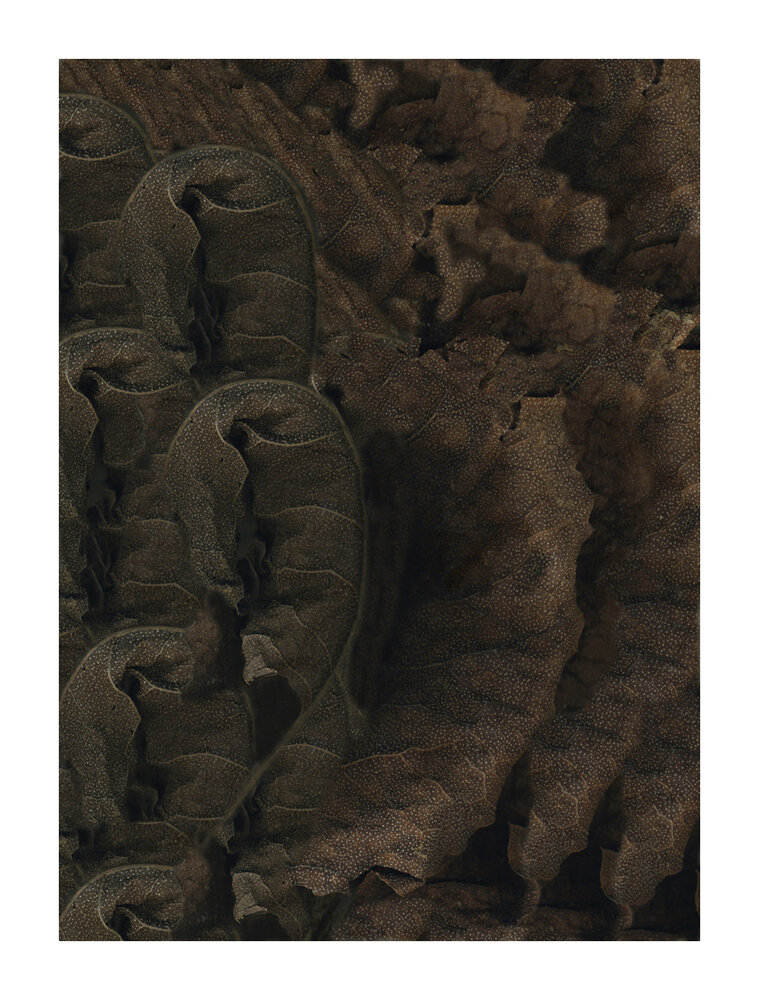Morphologies
“My feeling for the tallgrass prairie is like that of a modern man who has fallen in love with the face in a faded tintype. Only the frame is still real; the rest is an illusion and dream. So it is with the original prairie. The beautiful face of it had faded before I was born….” These are words of John Madson from one of his many writings about the tallgrass prairie.
Haling from the east coast, I didn’t really know the beauty of the prairie. Unlike the deep-forested woods of the northeast, prairie plants die in autumn only to reappear the following spring. Trees go through a dormant period, but their form remains visible throughout the winter months. I also did not know that the prairie was an endangered species, and only a faded glimpse of it still remains.
I began to photograph prairie plants in autumn while in residence at Ragdale. Walking on the Prairie in late October, I noticed that the plants were radically changing on a daily basis. Observing these rapid changes inspired me to capture the different facets of these stalks, flowers, and leaves. A simple visual record of the dying plant did not do justice to the organic process that is an integral part of its life cycle. Inspired by nature, I began to absorb myself in the surface and texture of these plants and use them as visual material for illusionary prairies. Within the structure of the leaf is the memory of the past season, and I am using these traces to create an abstraction that is organic and embryonic. The Morphologies are a family of images, each with its own character and personality. Their crisply detailed leaves create shallow, illusory spaces that transform them from their wide-open prairie origins to dark imaginary forests.

















